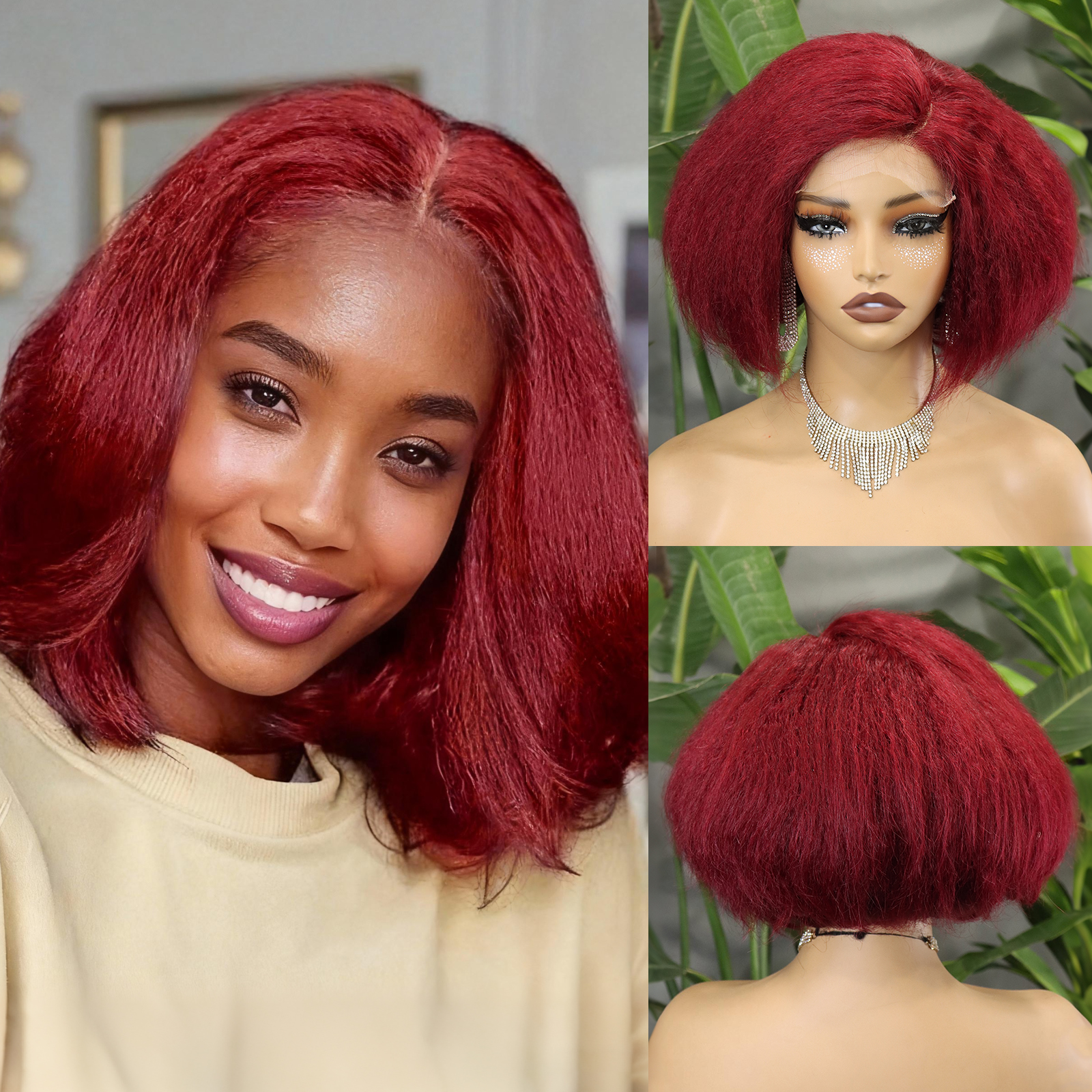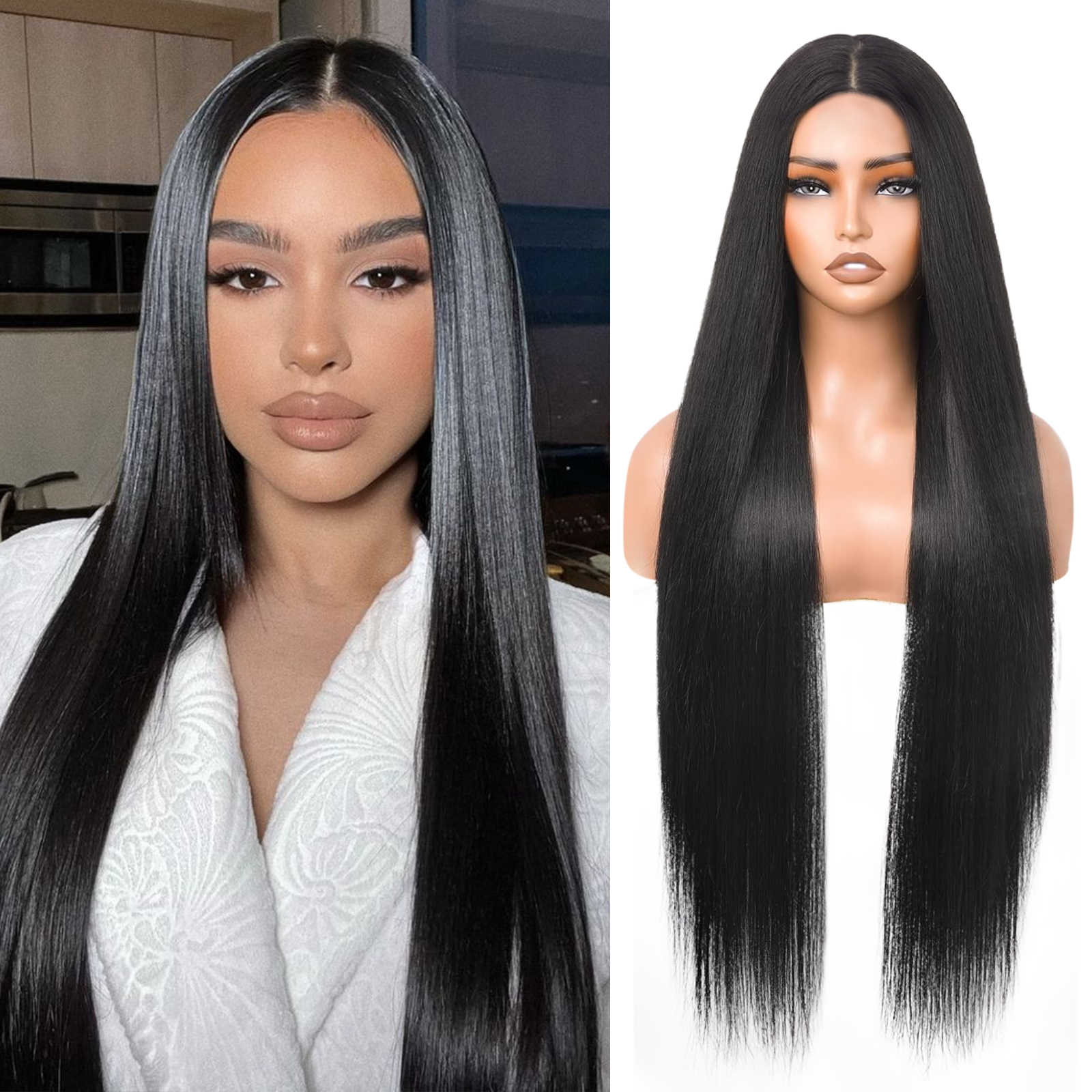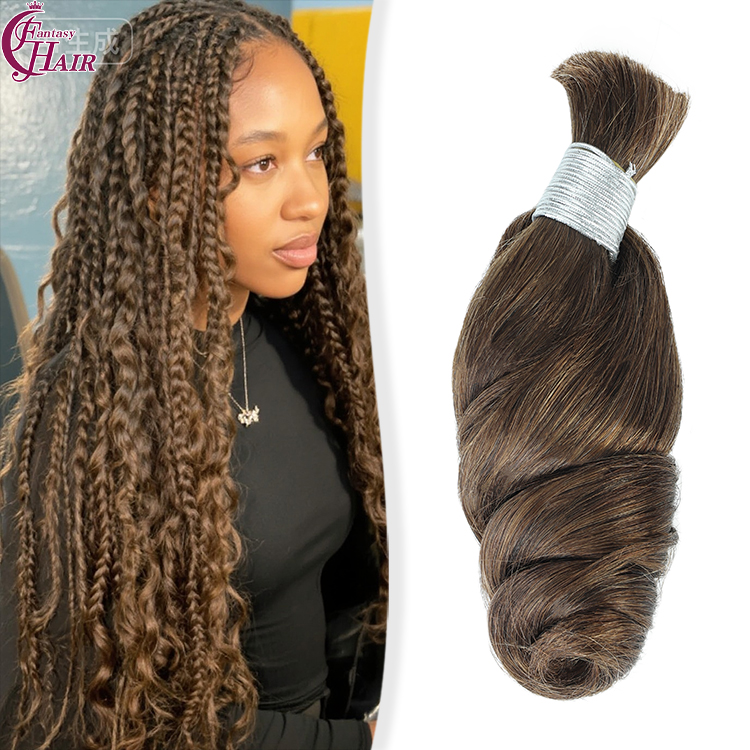In the bustling world of fashion and beauty, wholesale human hair has emerged as a cornerstone of the hair industry, catering to a global market of consumers seeking premium hair extensions, wigs, and weaves. This article delves into the intricacies of wholesale human hair, exploring the factors that define its quality, the importance of ethical sourcing, and the latest trends shaping the industry.
Understanding Wholesale Human Hair Quality
The quality of wholesale human hair is paramount and is influenced by several key factors:
- Hair Grade: Hair grades range from the highest quality (Grade 9A) to lower grades (Grade 3A). Higher grades typically mean less processed hair and a more natural appearance.
- Hair Source: The origin of the hair significantly impacts its texture, thickness, and curl pattern. Indian, Brazilian, Malaysian, and Peruvian hair are among the most sought-after types.
- Processing Techniques: The methods used to process hair, including washing, sanitizing, and coloring, play a crucial role in maintaining its integrity and longevity.
- Cuticle Alignment: Hair extensions with intact cuticles aligned in the same direction are less prone to tangling and matting, resulting in a smoother and more natural look.
The Ethical Dimension of Wholesale Human Hair
Ethical sourcing is a cornerstone of the wholesale human hair industry:
- Respectful Practices: Wholesalers must ensure that hair is collected ethically, with respect for the donors and in accordance with local laws and customs.
- Transparency: Wholesalers should provide transparent information about the sourcing process, including the origin of the hair and the conditions under which it was collected.
- Community Impact: Ethical wholesalers contribute positively to the communities from which they source hair, supporting local economies and social initiatives.
Trends Shaping the Wholesale Human Hair Industry
The wholesale human hair industry is constantly evolving, driven by the latest trends and consumer preferences:
- Inclusivity: There is a growing demand for hair extensions and wigs that cater to a wider range of hair textures and types, including curly and kinky hair.
- Innovative Styles: Trendy styles, such as colored hair extensions and clip-in bangs, are gaining popularity among consumers looking for unique and on-trend looks.
- Customization: Consumers are increasingly seeking personalized hair solutions, prompting wholesalers to offer customizable options in terms of length, color, and style.
- Sustainable Practices: There is a rising interest in sustainable and eco-friendly hair products, prompting wholesalers to adopt greener manufacturing processes and packaging.
Strategies for Wholesalers in the Human Hair Market
To succeed in the competitive wholesale human hair market, suppliers can implement several strategic approaches:
- Brand Differentiation: Develop a unique brand identity that emphasizes quality, ethics, and innovation.
- Market Research: Stay informed about the latest trends and consumer preferences to offer products that meet current demands.
- Building Relationships: Forge strong relationships with retailers and consumers to build trust and foster long-term partnerships.
- Innovative Marketing: Utilize digital marketing and social media platforms to showcase products and engage with customers.
Conclusion
Wholesale human hair represents a dynamic and evolving segment of the fashion and beauty industry. By focusing on quality, ethical sourcing, and staying abreast of the latest trends, wholesalers can position themselves for success in this competitive market. As consumer demands shift and new trends emerge, wholesalers that adapt and innovate will be well-equipped to meet the evolving needs of retailers and customers alike. The future of wholesale human hair is bright, with continued growth and opportunities for those committed to excellence and ethical practices.




